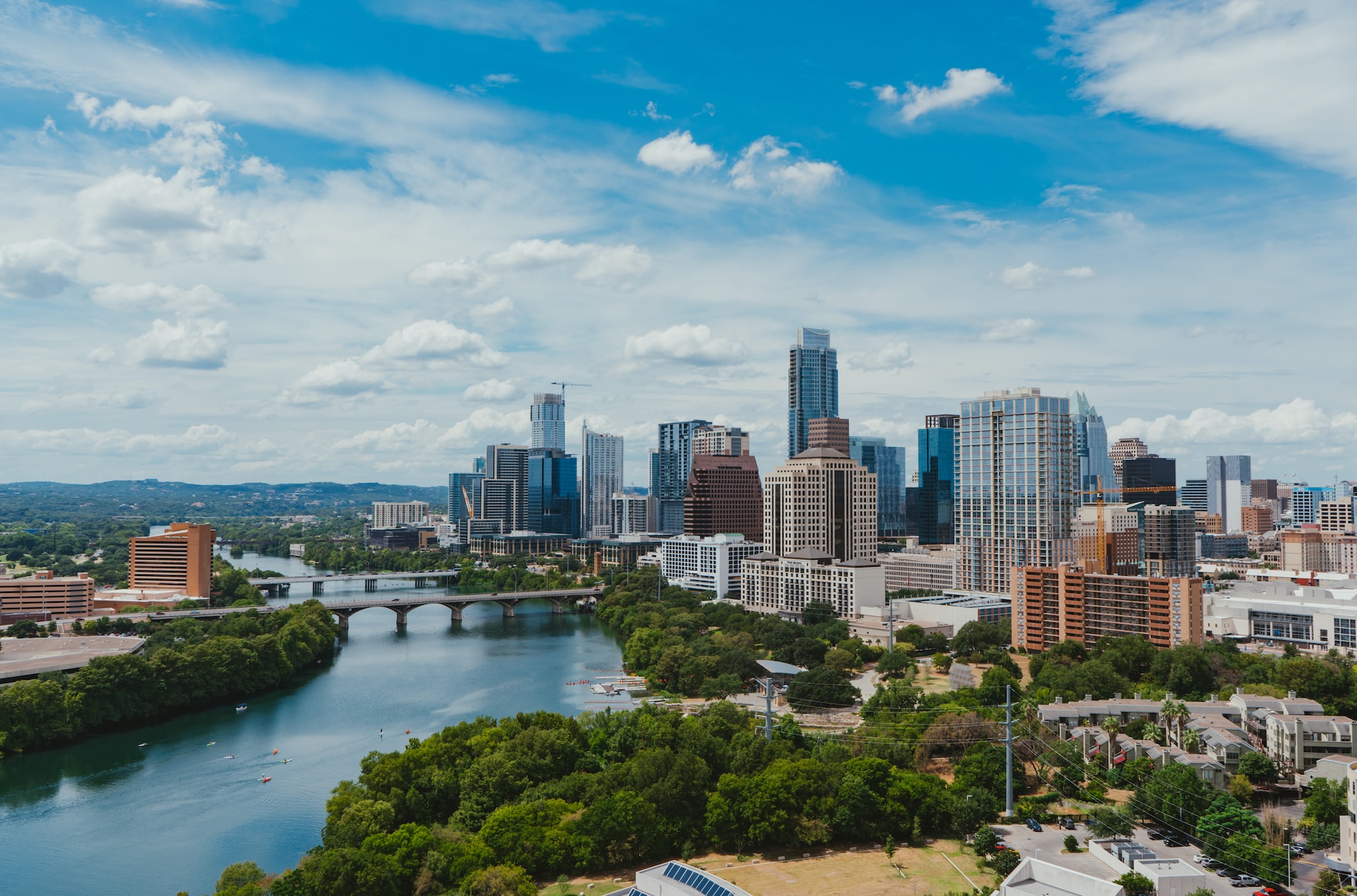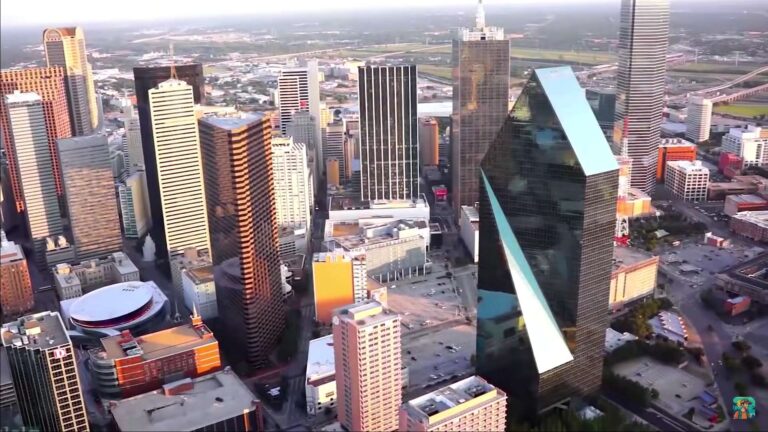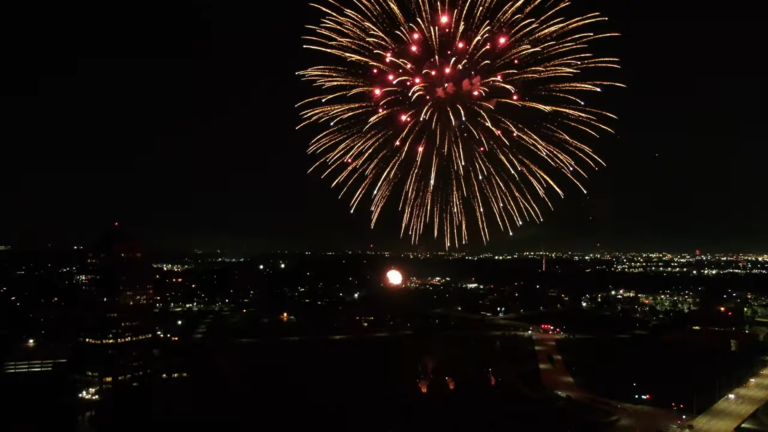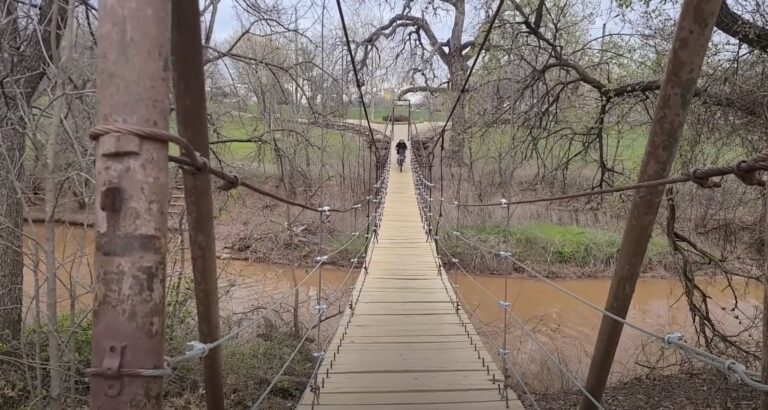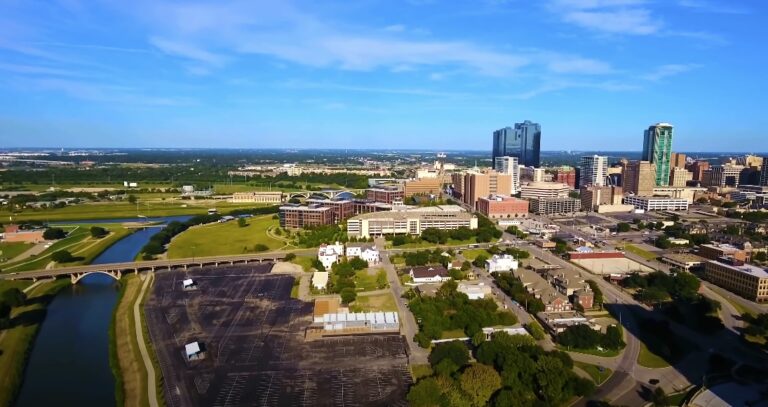What do we know about the city of Austin? That it is the capital of Texas. That it is home to the largest university in the state, with about 55,000 students. There are so many students in the city that 14 percent of all city residents are students at the university! What else is great about Austin? Austin’s government building, the Capitol, is built of Texas pink marble and is 7 feet taller than the Capitol in Washington, DC. Austin is also considered the least conservative city in conservative Texas.
The city stands on the Colorado River, though, within the city limits it is dammed and named Lake Lady Bird Johnson, after President Johnson’s wife, an Austin native. The lake is home to some of the most expensive homes in town, as well as numerous restaurants ranging from expensive to cheap. Incidentally, the city is famous for its exceptional restaurants, many of which are not chain-owned but family-owned businesses where visitors are offered unique dishes.
But perhaps most importantly, Austin is the live music capital of the world. The number of musical performances, festivals, and bands performing in the famous 6th Street bars is impressive. Individual musicians with hats on the ground can often be seen on the street as well… The quality and musical styles vary considerably – from simple guitar and “country” to hooligan rock and classical variations – to suit every taste.
The city is home to a huge colony of bats that have settled under the Congress Street Bridge. In 1980, engineers built a bridge, under which they inadvertently created very attractive pseudo-caves for bats, where the animals began to settle happily. There are now about a million and a half bats living under the Congress Bridge, the largest urban colony of bats in North America.
Every evening from March to September, bats fly out in a black cloud, emitting piercing cries and an equally piercing smell, and more than 100,000 people a year flock to the bridge to admire the spectacle. If you find yourself among these 100,000, don’t forget to wear a hat, preferably a wide-brimmed one… Austin bats eat 10,000 to 30,000 pounds of insects every night.
However, the aforementioned facts are known to just about everyone in Texas, as is the fact that the city of Austin’s motto is “Keep Austin Weird!” Let’s take a look at the very oddities of our Texas capital – in its history, residents and attractions.
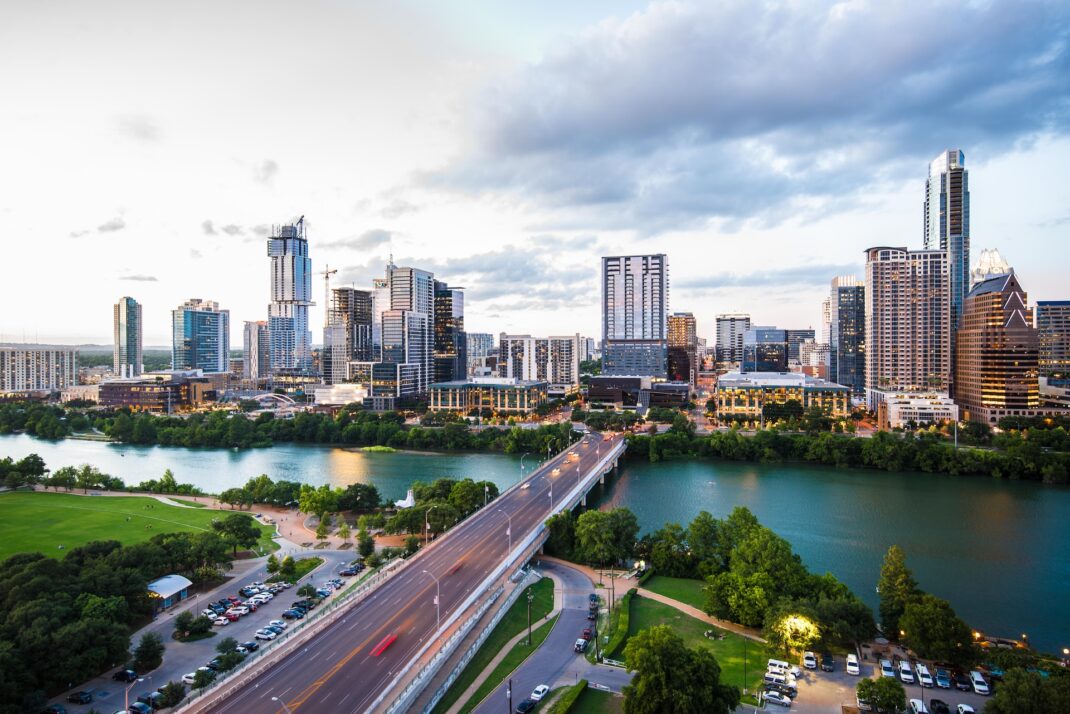
History and Facts
In 1839 there was a small village of Waterloo on the site of the future Austin, which in 1839 became the capital of the independent republic of Texas and was renamed Austin after the “father of Texas” Stephen F. Austin. In 1840, however, Sam Houston decided to move the capital to Houston and then to Washington-on-the-Brazos. It was not until 1846, after a rather complicated negotiation and a double vote, that the capital returned to Austin.
There is still a building in Austin that was laid out and built in 1840. It is the French Embassy building, located at 802 San Marcos St. The building was designed by the first French ambassador to the Republic of Texas, Jean Pierre Isidore Alphonse Dubois de Saligny. The building currently houses a museum.
Barbed wire was first used in Austin. It happened in 1857, when John Grenninger, in his blacksmith shop, wrapped two wires around iron barbs and fenced in the vegetable garden to keep neighborhood boys from stealing watermelons. Ben Thompson, who eventually became Austin’s chief sheriff, confessed to ripping his pants on Grenninger’s thorns more than once. John Grenninger was killed in 1862 by a burglar, and the first barbed wire patents were not obtained until 1867 by entirely different people.
The largest ice cream “factory” in Texas opened in Austin in 1878. Clay Jones bought a 17 horsepower steam turbine and began producing up to 250 gallons of ice cream a day. The ice cream was sold both wholesale and retail at Jones’ store on Congress Street.
By the way, Congress Street has long been one of the widest streets in America – it was 120 feet wide. Only East Austin Street was wider, at 200 feet.
The largest loaf of bread in the world was baked in Austin in 1912. Created by A.S.Newburg, the loaf weighed 162 pounds (about 80 kg) and was 10 feet (3 m) long, 18 inches (36 cm) high and wide.
The biggest party was held in Austin in 1941, when Pappy Lee O’Daniel invited all Texans to a dinner to celebrate his election as mayor. Twenty thousand people accepted the invitation. Ten thousand pounds of barbecue, 1,000 pounds of potato salad, 1,100 pounds of onions and pickles were eaten, and 32,000 cups of coffee with 1,000 pounds of sugar were served.
And in 2008, Forbes ranked Austin as America’s most drinkable city, with 61.5 percent of city residents having a drink at least once in a month. While that doesn’t seem excessive, it turns out that even in Las Vegas people drink less…
Attractions
There are many museums in Austin, ranging from historical museums to art galleries. But we’ll only focus on those that fit the city’s motto, “Keep Austin Weird!” For example, the Museum of the Weird, located on 6th Street. This little museum is located in the back of the Lucky Lizard Curios & Gifts store and is a typical Kunstkammer – with mummies, assorted freaks, and cryptozoological wonders like evidence of Bigfoot in Texas.
The next unusual Austin site is the Cathedral of Junk, located at 4422 Lareina Drive. Vince Hannemann started building the Cathedral in 1988 because he thought “it was cool.” While building the Cathedral, Vince used over 60 tons of trash that was mostly brought to him by his neighbors. However, Vince was quite picky in his choice of materials, although you can’t tell that from looking around the Cathedral. From the outside the cathedral doesn’t seem very big, but that feeling changes once you step inside.
The multilevel Cathedral’s corridors twist and turn to give an otherworldly impression, the neon lights of old signs glitter everywhere, household and non-household items dangle, and in the center of the Cathedral is a huge chair in which Vince usually sits to answer visitors’ questions. Weddings and graduation parties have been played in the Cathedral.
Unfortunately, in June 2010 Vince, the cathedral’s owner and creator, was forced to close access to the landmark because the city authorities had complained about the legality of such a construction in the yard of a private home. One would like to believe that under pressure from the city’s public, the Cathedral will be reopened to the public. For now, you can only drive down the street and look at the structure from behind the fence, which is still quite interesting.
After admiring the Cathedral, you can safely go to another unusual museum – the Museum of Ephemerata. The museum is open Thursdays and Saturdays and is located at 1808 Singleton Ave. The owners of the museum have set aside half of their house for an exhibit of both strange and nondurable items. Exhibitions change periodically; for example, the theme of one past exhibit was amazing instruments, from a mechanical piano to a device that detects the presence of ghosts.
The current exhibition invites visitors “underground,” actually and allegorically. The underground leads to the Crystal Cave, the underground passages gradually change to the otherworldly, where monsters and ghosts rule, and lead us to the hidden motivation of human actions. The top and bottom change places, and what was a dungeon becomes an atmosphere, and vice versa… In short, “it gets weirder and weirder.”
After all these urban and educational excursions, you can go to the lake and swim, if it’s summer. In fact, Austin gets 300 days of sunshine a year. So where to go? If you continue to follow the “weird” spirit of Austin, it’s definitely to Hippie Hollow. It’s a nudist park 20 minutes outside of Austin, on Lake Travis, where Austin residents gather to sunbathe and swim naked.
The list goes on, but this is the end of the story. As a parting note, the number of tourists coming to Austin each year is about 19 million. By comparison, Niagara Falls attracts 14 million, the Eiffel Tower 6.7 million, and Disneyland 15 million.
